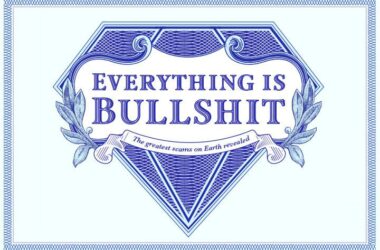I saw a piece coming from Bloomberg a couple of weeks ago about how — with the downward trend of tech IPOs in 2015 heading into this year — employees aren’t reaping the rewards they had been expecting or were implied by their hiring managers. It’s a direct response of the widely-observed “disappointment” of the Square IPO1, a recalibration of expectations and assumptions on companies’ worths in private versus public markets. The article is meant to contrast the more modest gains from an early Square or Box or Etsy employee versus that of an early Google2 or Facebook worker.
I’d hope that most folks who are joining startups understand this, or will eventually understand the math after going through a few experiences. It certainly took me a few tries to learn how equity works and to be realistic in my expectations, and now I’m spending more effort trying to understand public markets and the finance side of companies to trace the genesis of share prices and market caps.
So if you’re someone looking to join a startup of near or established unicorn status, it’s a good exercise to come up with a more modest expected valuation rather than just take whatever the preferred share value the company is using to price its equity. Having that high valuation mostly benefits the company: not only can they make grandiose announcements to attract candidates, but they also get to use that preferred price in pricing out their options packages. With smaller startups with a small set of employees, equity grants are based off of percentages of the company, which ties itself back to the cap table and the amount of equity available in the employee stock option pool. At big enough numbers, however, the cap table no longer matters and the process is just working backwards from monetary values.
For instance:
- Small startup A looks to give its early employees 0.1% of the company, with 5% of the cap table reserved for up to 50 employees. They end up figuring out what 0.001 * (outstanding shares) looks like and uses that amount in its offers.
- Giant startup B looks to hire senior engineers and knows that the market rate is $(hundreds of thousands). They decide on the number, look at the preferred share price, and uses $(market rate) / $(share price) in its offers.
The catch, of course, is that as private company valuations continue to go up, the denominator in that fraction increases, which means that the number of absolute shares granted decreases. The counterpoint would be that increased top-line valuation implies progress, and that it’s taking another step towards stability and an liquidity event.
In any case, the general principle remains the same: the value in equities comes from the difference between when you buy/receive them and when/if you sell.
Disclaimer: I worked for over 4 years at Square, but had left the company before it went public.↩
Sarbanes-Oxley also makes it much harder for current startups to match the sheer monetary rewards in equity in the same way that Google was able to do for its employees.↩


